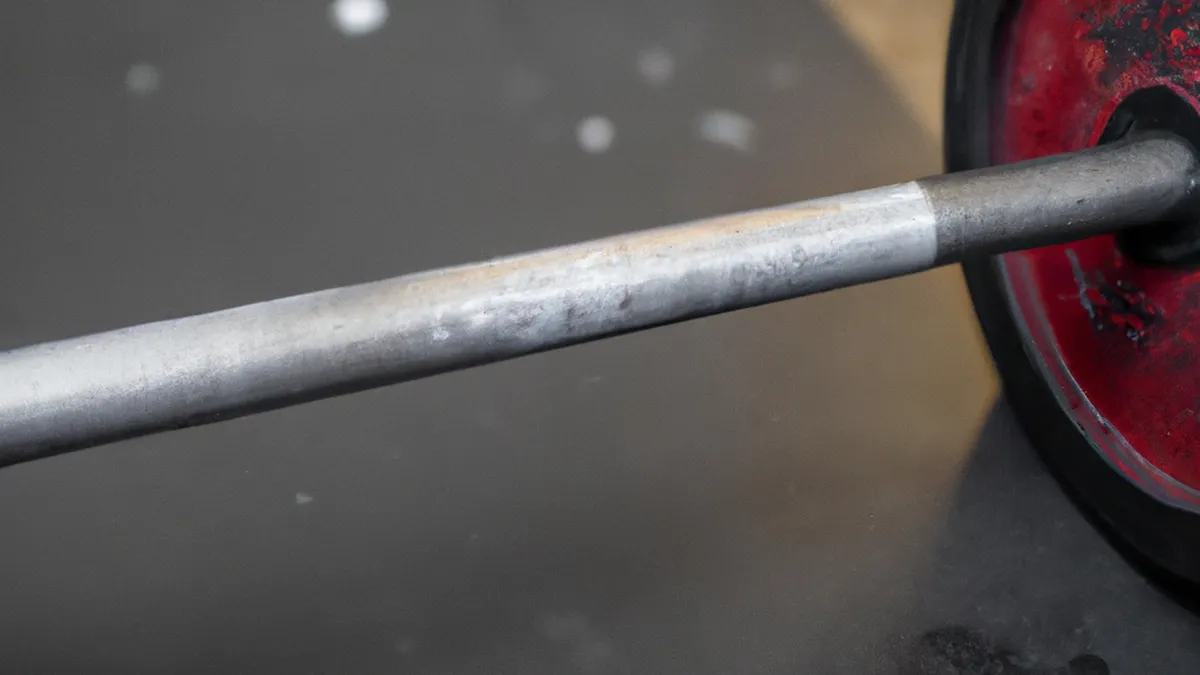Common Mistakes in Kids’ Kettlebell Training
Kettlebell Safety for KidsKettlebell training offers kids many benefits. It improves strength, coordination, and balance. Safety remains crucial when introducing kettlebell training to children. Teach kids proper kettlebell use for a positive, injury-free experience. This post will explore essential safety tips, advice, and kettlebell training benefits for kids.
Understanding Kettlebells
Kettlebells are unique weights with handles. They resemble cannonballs with handles attached to the top. Various sizes and weights make them versatile for fitness levels. Start kids with lighter kettlebells to prevent injury and promote proper form. Always supervise children during workouts to ensure they maintain good technique.
Choosing the Right Kettlebell
Selecting the right kettlebell weight is essential for kids. Choose a manageable weight, typically between 5 to 10 pounds for beginners. Assess how your child handles the weight, as individual strength varies. They should lift it comfortably without straining or compromising form.Consider the kettlebell’s material when choosing. Opt for rubber-coated or vinyl kettlebells to minimize injury risk. These materials cause less damage if dropped. A kettlebell with a smooth handle allows for a better grip and reduces slipping during exercises.
Teaching Proper Technique
Teach proper technique for safety and effectiveness in kettlebell training. Start with basic movements like swings, squats, and deadlifts. Emphasize form over speed or weight to prevent injuries. Demonstrate each movement clearly and break down the steps into manageable parts.Highlight the importance of a straight back, engaged core, and leg use for lifting. Kids should initiate movements from their hips instead of their backs. Encourage practice in front of a mirror to help self-correct form.
Safety Tips for Kettlebell Training
1. **Supervision is Key**: Always supervise children during kettlebell workouts. This oversight ensures correct movements and prevents accidents.2. **Warm-Up and Cool Down**: Start each session with a warm-up to prepare the body. Use dynamic stretches like arm circles and leg swings for increased blood flow. After training, cool down with static stretches for flexibility and recovery.3. **Focus on Repetition, Not Weight**: Encourage kids to perform many repetitions with lighter weights. This builds endurance and reinforces proper technique. Gradually increase weight only after mastering the form.
Conclusion
As an Amazon Associate I earn from qualifying purchases.
Gear tip: consider kettlebell, wrist wraps, and liquid chalk to support this topic.
In summary, prioritize safety, proper technique, and appropriate kettlebell choice for kids. Emphasizing these factors ensures a safe and effective training experience.
Below are related products based on this post:
FAQ
What are the benefits of kettlebell training for kids?
Kettlebell training offers numerous benefits for children, including improved strength, coordination, and balance. These skills are vital for their overall physical development and can enhance their performance in various sports and activities.
How should I choose the right kettlebell for my child?
Select a manageable kettlebell weight for beginners, typically between 5 to 10 pounds. It’s important to assess how your child handles the weight, ensuring they can lift it comfortably without straining or compromising their form.
What safety tips should I follow when kids use kettlebells?
Always supervise children during kettlebell workouts to ensure correct movements and prevent accidents. Additionally, start each session with a warm-up and focus on repetition with lighter weights to build endurance and reinforce proper technique.















Post Comment